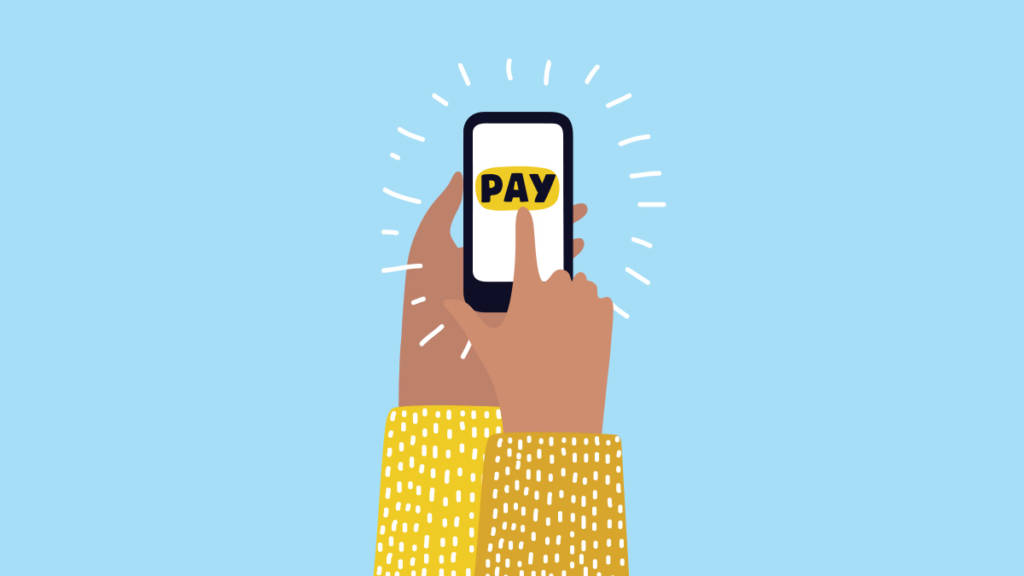Mobile shopping apps saw a major increase in sales last quarter, according to a new study by adtech firm Criteo. The findings support previous studies that consumers are more likely to purchase from shopping apps than mobile web.
In the fourth quarter of 2017, advertisers across the world saw a 46 percent increase in app transactions. Across the 5,000 retailers that participated, the conversion rate for shopping apps was 21 percent. This is more than three times higher than the standard six percent conversion rate seen on mobile web.
North American retailers accounted for 67 percent of in-app mobile purchases. The study found that in most world regions, mobile now accounts for more than half of online transactions.
In-app purchases accounted for 66 percent of mobile transactions for retailers who generate sales on both mobile web and app. Omnichannel customers generate 27 percent of all sales, Criteo found, despite representing only seven percent of all customers.
Non-app transactions are still becoming more popular on mobile devices, but only on phones. Smartphone transactions in the US increased by 13.2 percent compared to the fourth quarter of 2016 while tablet usage declined a whopping 26.5 percent.
Shopping on work computers (you know who you are) is still commonplace, as desktop usage continues to dominate during work hours, especially from 9:00 a.m. to noon. The practice slipped a minor 1.1 percent in the fourth quarter.
Criteo suggests targeting US mobile consumers on nights and weekends, and desktop users during work hours.
Sporting goods led mobile non-app sales in the retail category at 44 percent, followed by fashion/luxury and health/beauty at 40 and 38 percent, respectively. High tech trailed behind at 20 percent.
Even when consumers make a final purchase on a desktop computer, a quarter of sales are attributed to mobile discovery. The study found that 26 percent of desktop sales were preceded by a click on a mobile device. This was four percent lower than the previous quarter.
Fifteen percent of desktop transactions are preceded by clicks on another desktop. That means 41 percent of post-click desktop transactions originated from another device.
Combining intent unlocks the ability to capture more dollars per shopper, the study suggests. Average order values increase 17 percent for matched shoppers, especially in the fashion/luxury, health/beauty and high-tech categories.

